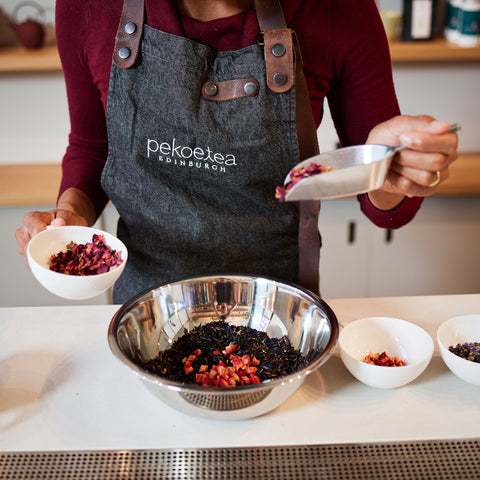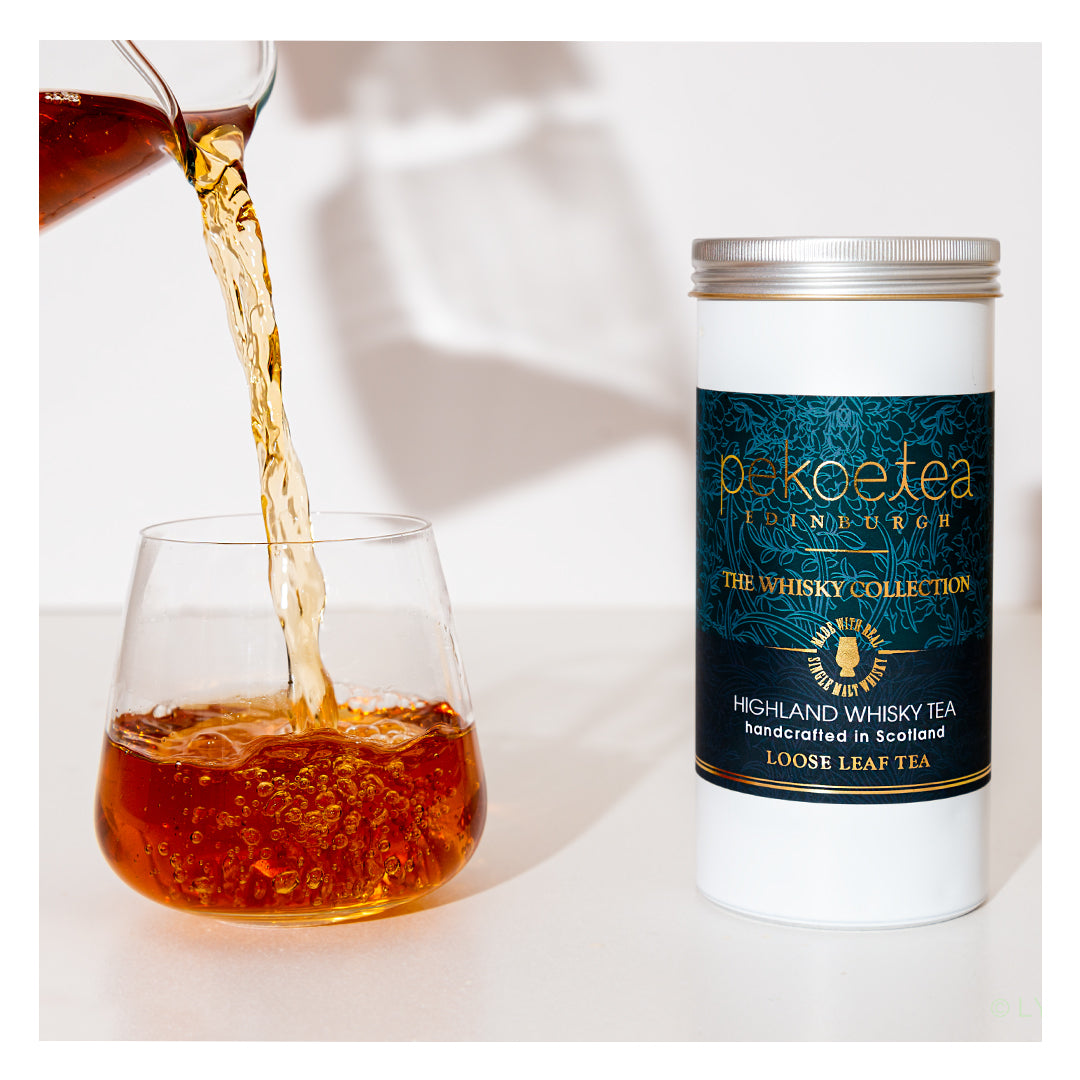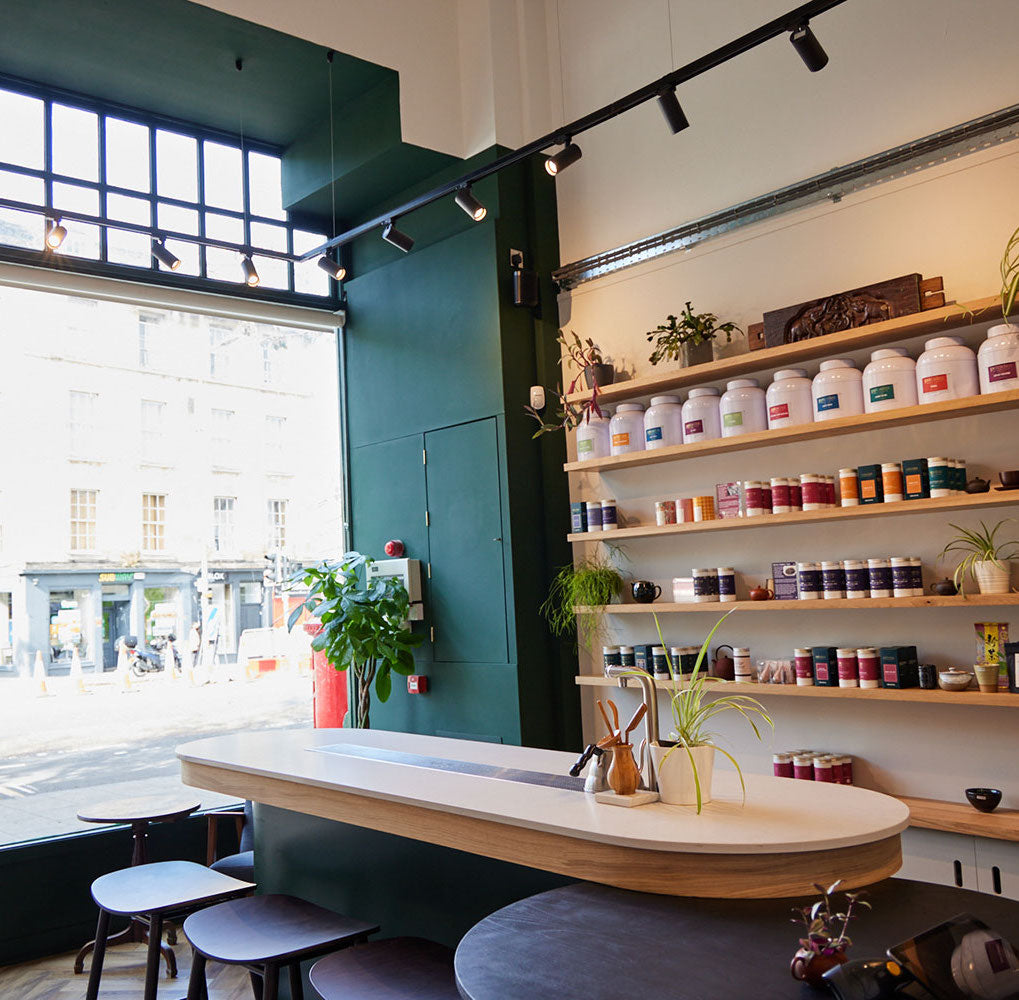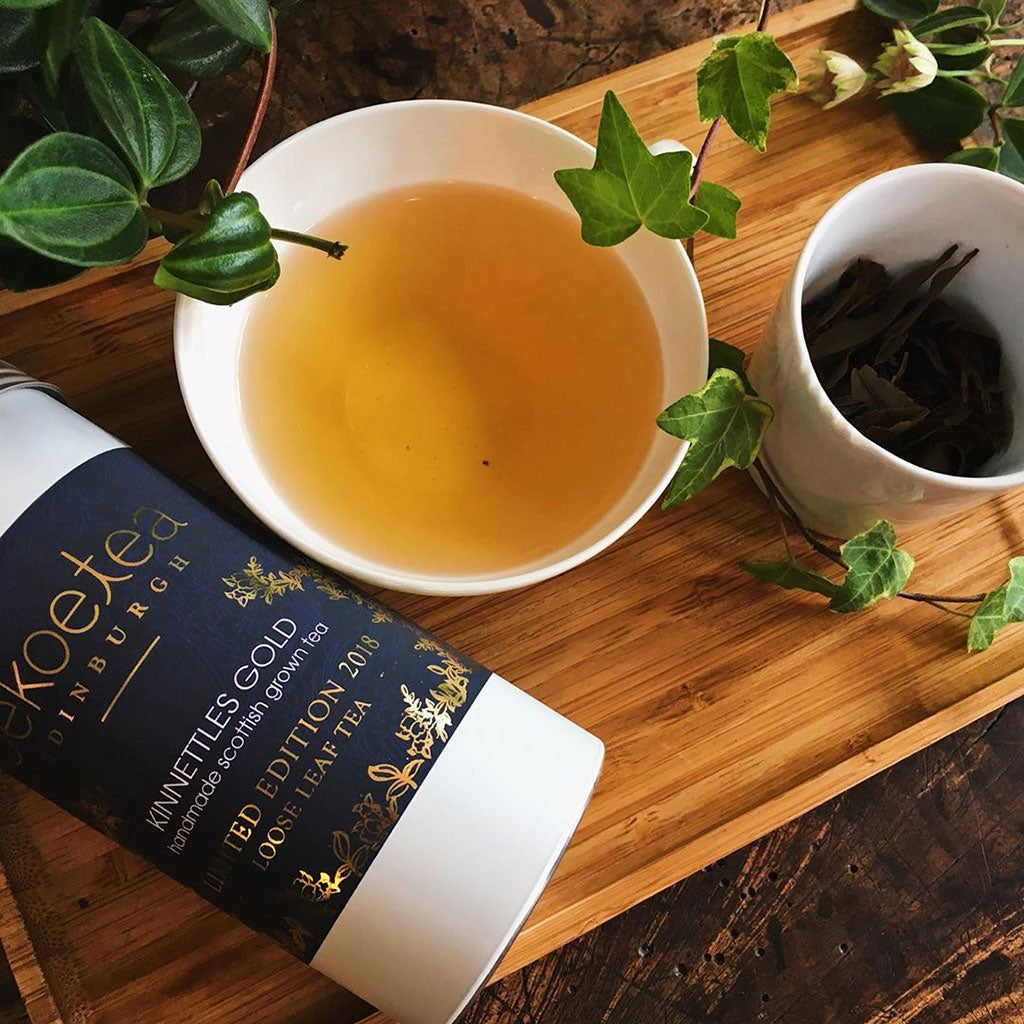Demystifying Flavourings in Tea
In the world of food and beverages, flavourings often find themselves at the centre of controversy. Many tea drinkers are sceptical about their use, associating flavourings with artificiality and substandard tea. In this blog post, we intend to dispel these misconceptions and highlight the true nature of the flavourings that go into your favourite cup of flavoured tea.
What Exactly Are Flavourings?
 Flavourings, in simple terms, are substances used to impart a specific taste or smell to food and beverages - tea included. Four common types of flavouring are natural, natural type, nature-identical, and artificial flavourings.
Flavourings, in simple terms, are substances used to impart a specific taste or smell to food and beverages - tea included. Four common types of flavouring are natural, natural type, nature-identical, and artificial flavourings.
Natural flavourings are derived from natural raw materials through physical, microbiological, or enzymatic processes. These can come from a wide variety of sources, including but not limited to fruits, herbs, and spices. These flavourings are as nature intended, with no alteration to their chemical composition. Examples include the bergamot oil that typically goes into Earl Grey and Vanilla extract.
There are strict rules for a flavouring to be considered a natural flavouring. The UK flavour association explains: “for the flavouring to be described as natural in the EU and UK, it must be 100% derived from natural sources. If reference is also given to the source, e.g. a ‘natural lemon flavouring’, then 95% of the flavouring must be derived from lemons. The remaining 5% must also be natural, but allows manufacturers to bring out different characteristics of the flavouring to suit different products. Additional rules apply for other types of natural flavourings.”
Natural type flavourings such as Natural Flavouring Type Strawberry are made from derivatives of natural ingredients but do not contain 95% of the named ingredient. They can be expressed as natural flavouring on an ingredients list, but you would not be able to state “Natural Strawberry Flavouring” as these flavour oils do not confirm the to 95/5 rule. Instead you would have to simply write “natural flavouring”, or “natural flavouring type strawberry” if you must reference the taste of the flavour.
Nature-identical flavourings are synthesised in a lab but are chemically identical to natural flavours. Despite their synthetic origin, these flavourings precisely mimic the structure of natural flavours. The resulting flavouring is exactly the same as the naturally derived version. Nature-identical flavours cannot be described as “natural” on labels so should only be referred to as flavouring. In the EU, there is no requirement to use the word “artificial” when describing nature-identical flavours, but in the USA, this is a requirement. The benefits of nature-identical flavourings are that they offer a very consistent flavour profile and are often cheaper. This is why they are popular in the food and beverage industry.
Artificial flavourings are made using synthesis of chemicals not found in nature and can contain substances such as complex Esters, which mimic natural flavours. In the EU, there is no requirement to use the word “artificial” when describing these flavours, as flavours are considered to be synthetic unless otherwise stated However, in the USA this is a requirement.
The Safety of Flavourings: A Non-Issue
There is often apprehension about flavourings related safety and health. However, rest assured that the flavourings used in our teas are completely safe for consumption. They are required to meet the stringent safety standards set by regulatory bodies, such as the Food and Drug Administration in the U.S. and the European Food Safety Authority in the EU. These organisations ensure that any substance used in food and drink is thoroughly tested and safe for human consumption.
The UK flavour association elaborates: “All flavouring substances in foods on sale in the UK, natural or man-made, have been through an evaluation process and been authorised as safe by the European Food Standards Agency and/or since 2021 the UK Food Standards Agency's Committee on Toxicology. Rules exist for the preparation of flavouring preparations, thermal process flavourings, flavour precursors, smoke flavourings and food ingredients with flavouring properties to ensure their safe use.”
It’s important to note that the fact that a flavouring is natural has no relation to quality or health. Some natural things are very toxic, such as the cyanide in some fruit pips. On the other hand, some artificial things are essential for health, for example many medicines. When you see a flavouring listed as natural, the only information this gives you is the origin of the flavouring chemicals. It tells you nothing about either quality or health and safety.

The Role of Flavourings in Tea
Flavourings play a crucial role in enhancing the taste and aroma of some teas. They add a layer of complexity and depth to the brew, and can make some flavours pop. They also ensure consistent quality, a feature that is invaluable considering the variations that can occur in crop and season.
Moreover, flavourings can give birth to unique tea blends, offering a new sensory experience for tea lovers. They allow us to innovate and create tea flavours that you wouldn't naturally find, adding an element of surprise and excitement to each brew. Use of flavourings enables tea blenders to make their blends taste of just about anything. Some blends require only one flavour oil while other can be made using complex blends of flavour oils themselves. One thing to bear in mind is that there is a large variety of flavour oils even within a particular type. For example there are many different types of bergamot oil each with a different flavour profile and cost. One blender's Earl Grey could be very different from the next without any discernible quality difference. Usually flavoured teas and infusions are made using either black tea, Chinese sencha green tea, apple pieces, raspberry leaves or a mixture of these as a base.
Much like a mixologist can turn to an array of syrups and essences to blend spirits together and make them pop, a tea blender carefully chooses teas, fruits, herbs, spices, and flavouring to create delicious, balanced, and interesting infusions.
How We Use Flavourings
At PekoeTea, we predominantly use natural flavourings and natural type flavourings in some of our blended flavoured teas and infusions. These flavourings, coupled with the highest quality tea, herbal ingredients, dried fruits, and spices allow us to create unique blends like Black Forest Gateau and Leith Lights. We use the highest quality ingredients, be it exquisite tea, high grade vegan chocolate, or handmade pieces of fudge. We want to do justice to these amazing ingredients, and sometimes that means using flavouring to tie everything together, balance different elements, or add a pop.
So the next time you sip on a cup of our flavoured tea, we hope you'll do so with a newfound appreciation for the art and science that goes into creating that harmonious blend of flavours. Remember, every flavouring has a purpose, and every cup of tea tells a story. Here's to a great brew, and many more to come!









